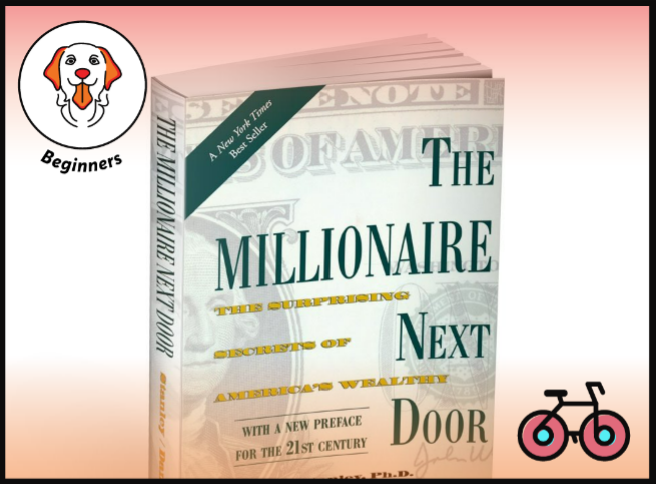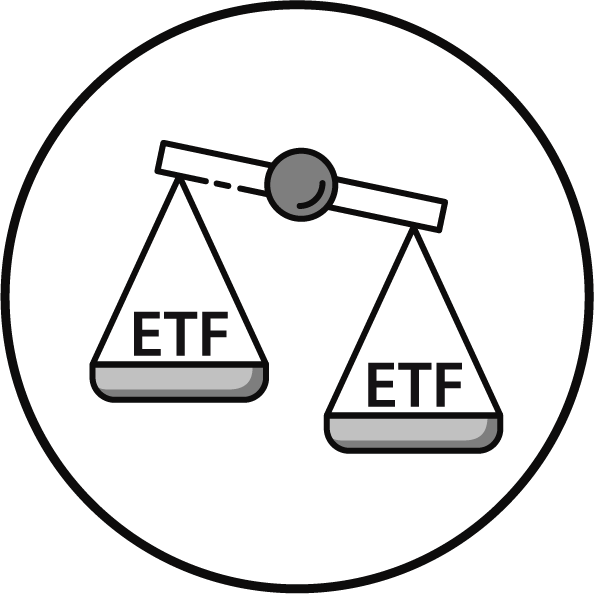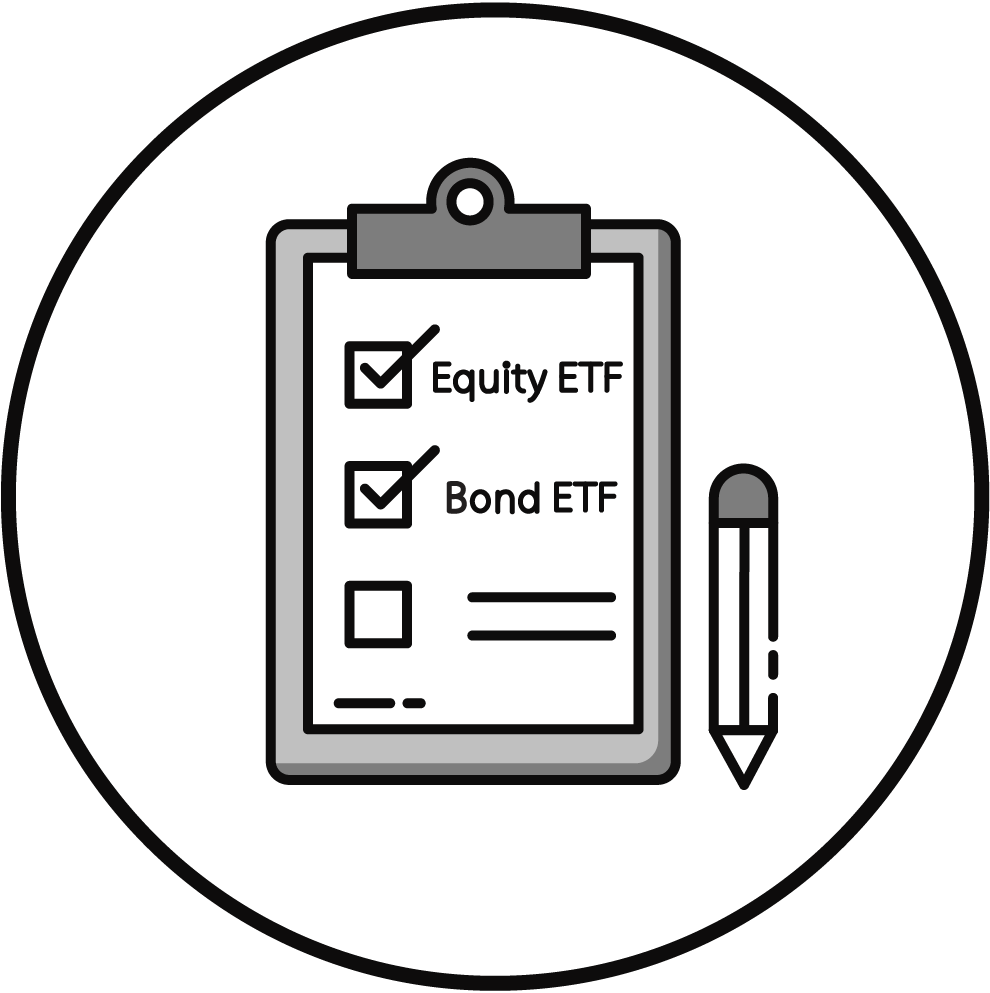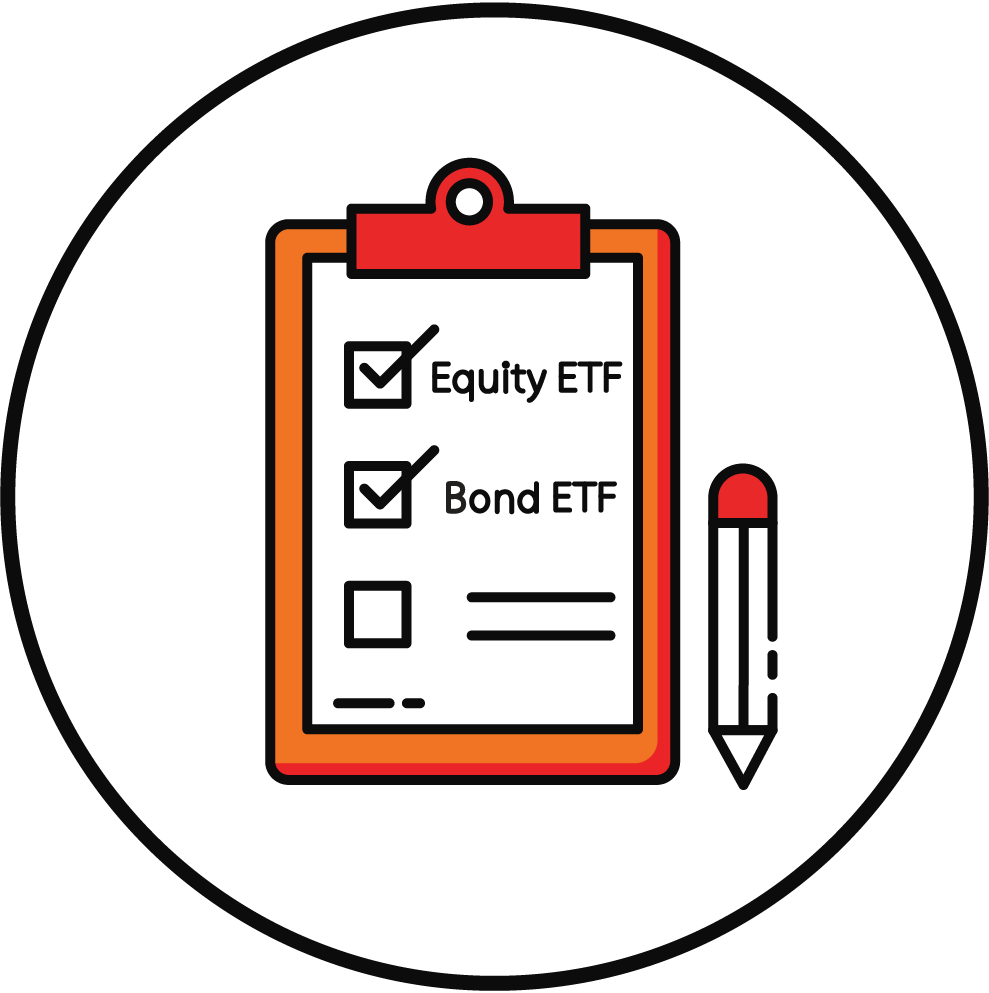The Millionaire Next Door (Book Review)

The Millionaire Next Door: The Surprising Secrets of America’s Wealthy by Thomas J. Stanley and William D. Danko is undoubtedly a classic in the personal finance space.
In it, the authors detail what they have learned after interviewing countless millionaires and their families. They dig deep to find out about their habits, economic behaviour, and even their private life.
Published in 1996, the book is still held up as a must-read for many aspiring investors and early retirees.
But are the concepts helpful in today’s world, 25 years later? And can European investors apply the lessons learned from American millionaires?
KEY TAKEAWAYS
- Your frugal neighbour might be a millionaire.
- In 90s America, the person most likely to be a millionaire was a man, 50+, married to the same woman for most of his life, with 2-4 children.
- Often, the wife didn’t work outside of the home or, if she did, her income was significantly lower.
- The millionaire worked for himself as a self-employed professional or a business owner.
- He almost certainly owned his primary residence. In all likelihood, he was a college graduate, and his income was significantly above average. Despite this, he budgeted and lived below his means.
- Most readers won’t believe that so many of the millionaires would be business owners, although, after spending three years immersed in the FIRE community, I guessed that frugality played a part.
Here is the full analysis
To find your target net worth, you multiply your age by your income and divide the resulting number by ten.If you are below this, you are an under-accumulator of wealth.
William D. Danko talks about his book (Helsinki School of Business)
The second part of the above interview is even more interesting.
SNAPSHOT
So, Who Is the Millionaire Next Door?
It’s interesting to note that the portrait of the typical millionaire hasn’t changed that much in the past quarter of a century.
Certainly, there are more and more wealthy households led by women, equal partners both earning high wages, or same-sex couples.
But it’s still true that most millionaires are self-employed.
A Dutch study led by Statistics Netherlands (CBS) found that 80% of the country’s households in the 1 million euro or above category were led by a self-employed worker.
Even today, most people who become wealthy still work for themselves.
In my opinion, the eight chapters can be split into three main concepts.
Aspect 1: Frugality and Living Below Your Means
The first and maybe most central theme is that the majority of wealthy people don’t act like they have a lot of money.
Instead, they work hard, live below their means, and get rich slowly through steady investing.
Only a fraction of the millionaires interviewed inherited their wealth.
Instead, each generation creates their own fortune by living an average life on an above-average income and investing the surplus.
Who are UAWs and PAWs?
A basic concept is the idea of wealth accumulation as a formula.
To find your target net worth, you multiply your age by your income and divide the resulting number by ten.
If you are below this, you are an under-accumulator of wealth (UAW). If your net worth matches the number, you’re an average accumulator of wealth (AAW). And if you have twice the amount of money, you’re a prodigious accumulator of wealth (PAW).
Although it’s fun to play around with, keep in mind that this formula is linear, so it only really works for middle-aged people.
A 25-year-old in their second working year earning £50,000 would have to have £125,000, which is more than they have even earned before-tax at that point.
On the other hand, a 65-year-old in their 40th working year earning the same amount would be expected to have only £325,000. That is nowhere near enough to retire and keep a similar standard of living. For this reason, the formula shouldn’t be taken as a serious measure of success.
Aspect 2: Efficient Planning of the Offense and Defence
The second aspect explains how wealthy people plan their finances and careers.
PAWs spend many more hours a month looking after their budget and investments than UAWs, with the result that they spend less on consumer goods and own more assets.
Because they start building wealth at a young age, they have fewer problems to worry about in their lives.
Government policies are less likely to affect them because a lot of their income isn’t realised. Instead, it is derived from investment growth or property appreciation.
On the other hand, UAWs spend their time thinking about luxury purchases and how to best spend their earned income.
To make this lesson more accessible, the authors have come up with a sports metaphor.
They state that you need both a good offense and a good defence to become wealthy.
Your offence is the income you earn, so you should maximize the money coming in by getting a lucrative job or building up a successful business. Your defence is how much of your income remains yours.
This is where many people fail: they earn a lot, but it gets spent, so they never accumulate significant wealth.
The third lesson was the most interesting to me because it went beyond the usual advice doled out by financial personalities.
It addresses the crucial question of what to do with your wealth once you’ve accumulated it.
As such, this is most relevant to people on the path to financial independence, who are probably already following the advice above.
Stanley and Danko call financial gifts to adult children “Economic Outpatient Care”, and they are mainly against this.
They state that many parents give much more to weak children who don’t display maturity and an ability to earn on their own.
In this way, they “strengthen the strong” by letting them grow independent and “weaken the weak” by encouraging them to accept help.
Instead of following this pattern, the authors tell wealthy parents to spend lavishly on education only and to model frugality in other aspects of life.
Most children will thrive if you let them become independent, emphasize their achievements, and demonstrate that money isn’t the most important thing.
Parents are encouraged to only give their children money when they have already proved that they can earn and budget on their own.
IS THE BOOK STILL RELEVANT TODAY?
A few outdated social realities
The Millionaire Next Door is outdated in a number of ways, especially when it comes to the gender stereotypes it describes.
Although income inequality is still a topic, the gap has started to close in the last 25 years, so the typical millionaire can now be either a man or a woman.
The book also fails to address the different family forms that are now common.
Instead, it focuses on heterosexual married couples with children. In a newer version, this surely would be treated differently.
Are you an Under-Accumulator of Wealth?
Arguably, the target audience is under-accumulators of wealth who need to learn how to spend less, save more, and stop worrying about status symbols.
Certainly, these people can benefit massively from reading The Millionaire Next Door.
But to me, the book goes beyond that and addresses important topics for people who are already wealthy or on the path to wealth.
I often hear members of the personal finance community speaking about generational wealth, but this isn’t as easy as many believe.
Personally, I have grown up with PAW grandparents, and I have seen first-hand how some of my family members have not inherited their frugal values.
The advice about raising children and distributing wealth might have made a big difference to the way my own family handled their wealth transfer.
Looking beyond Self-Employment
As a self-employed teacher and writer, I was pleasantly surprised at the fact that most millionaires also work for themselves.
I understand why: you have a much closer relationship with your finances if you directly control what comes in and what goes out.
I never have the security of knowing that a pay check will come my way at the end of the month. Instead, I only get paid when I work.
On the flipside, I can pick up more work to get paid more.
This direct relationship between my time and my finances has encouraged me to take control and even join the FIRE movement.
Despite this, most people are probably not suited to self-employment.
Many businesses fail, so it is a risky path.
The book states that the millionaires interviewed are the outliers, so their success isn’t the average outcome of working for yourself.
For this reason, most people looking to become financially independent are well served by staying in a high-paying job and accumulating their wealth through aggressive saving and investing.
Once you’ve started focusing on your finances, your employment status has a lower contribution to the level of your financial success.
Our overall rating comprises five key considerations, including suitability for beginners and European and UK readers.
1. Beginner-Friendly
2. Investing Concepts
3. Investing How-to (Europe)
4. Financial Freedom Principles
5. Personal Finance Know-how
1. Beginner-Friendly
2. Investing Concepts
3.Investing How-to (Europe)
4. Financial Freedom Principles
5. Personal Finance Know-how
From Bankeronwheels.com
Get Wise The Most Relevant Independent Weekly Insights For Individual Investors In Europe & the UK
Liked the quality of our guides? There is more. Every week we release new guides, tools and compile the best insights from all corners of the web related to investing, early retirement & lifestyle along with exclusive articles, and way more. Probably the best newsletter for Individual Investors in Europe and the UK. Try it. Feel free to unsubscribe at any time.
🎁 In the first email, you can download a FREE comprehensive 2-page checklist to construct & monitor your portfolio and clean up your personal finances.
Rating justification
The Millionaire Next Door: The Surprising Secrets of America’s Wealthy by Thomas J. Stanley and William D. Danko is a highly informative and entertainingly written book about how to become wealthy, how to stay that way, and how to transfer your wealth to the next generation.
The book is beginner-friendly and explains how truly wealthy people lead a frugal existence and find satisfaction in their work and family life.
It assumes that the reader knows nothing about America’s millionaires and therefore explains everything clearly.
Although the examples are based in the US, the characteristics of wealthy people are the same in European countries.
Explaining exact investing strategies is outside of the scope of this work, and it focuses more on the mindset than the how-to.
Additional reading would be required to dig more into how to set up a simple portfolio and what you need to know about investing.
That said, I would highly recommend this classic to investors in the EU and the UK who are looking to get rich slowly and steadily over time.
Good Luck and Keep’em* Rolling!
(* Wheels & Dividends)

Weekend Reading – JP Morgan Guide To Retirement

Surviving The Next Bear – Strategies To Profit From The Next Market Crash

Weekend Reading – Asset Class Returns since 1970 & Trend Following Strategies

Cracking the Code: Decoding ETF Names & Discovering Tools To Find Them

Broker Review Methodology

iWeb Share Dealing Review – Great For Inactive Investors
HELP US
🙋 Wondering why finding honest Investing Guidance is so difficult? That’s because running an independent website like ours is very hard work. If You Found Value In Our Content And Wish To Support Our Mission To Help Others, Consider:
- 📞 setting up a coaching session
- ☕ Treating us to a coffee
- 🎁 Taking advantage of our affiliate links when setting up a broker account. This doesn’t increase your costs, and we often secure exclusive bonuses for our audience.
- ❤️ Exploring Other ways to support our growth, both financially and non-financially.
DISCLAIMER
All information found here, including any ideas, opinions, views, predictions expressed or implied herein, are for informational, entertainment or educational purposes only and do not constitute financial advice. Consider the appropriateness of the information having regard to your objectives, financial situation and needs, and seek professional advice where appropriate. Read our full terms and conditions.





















